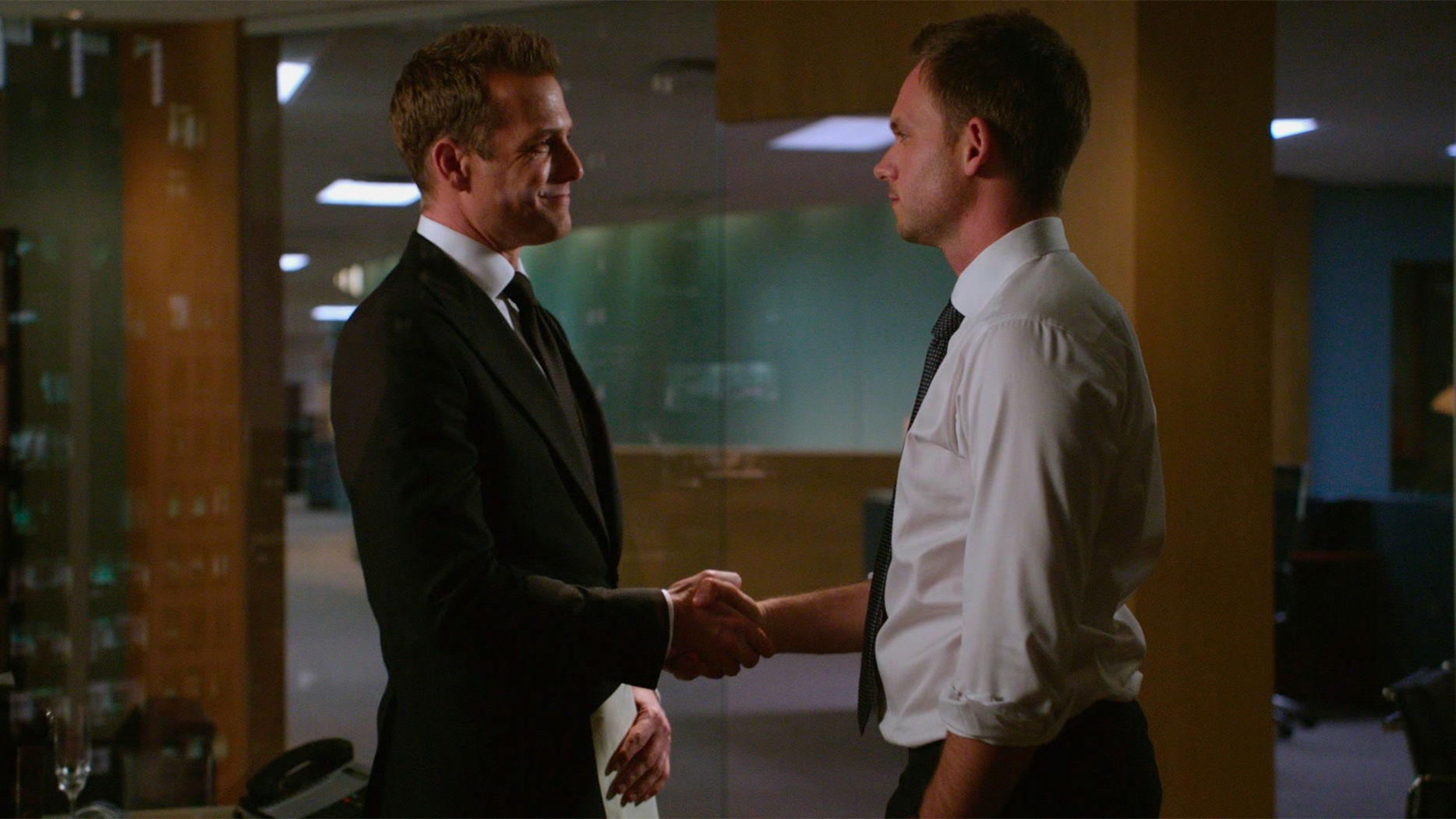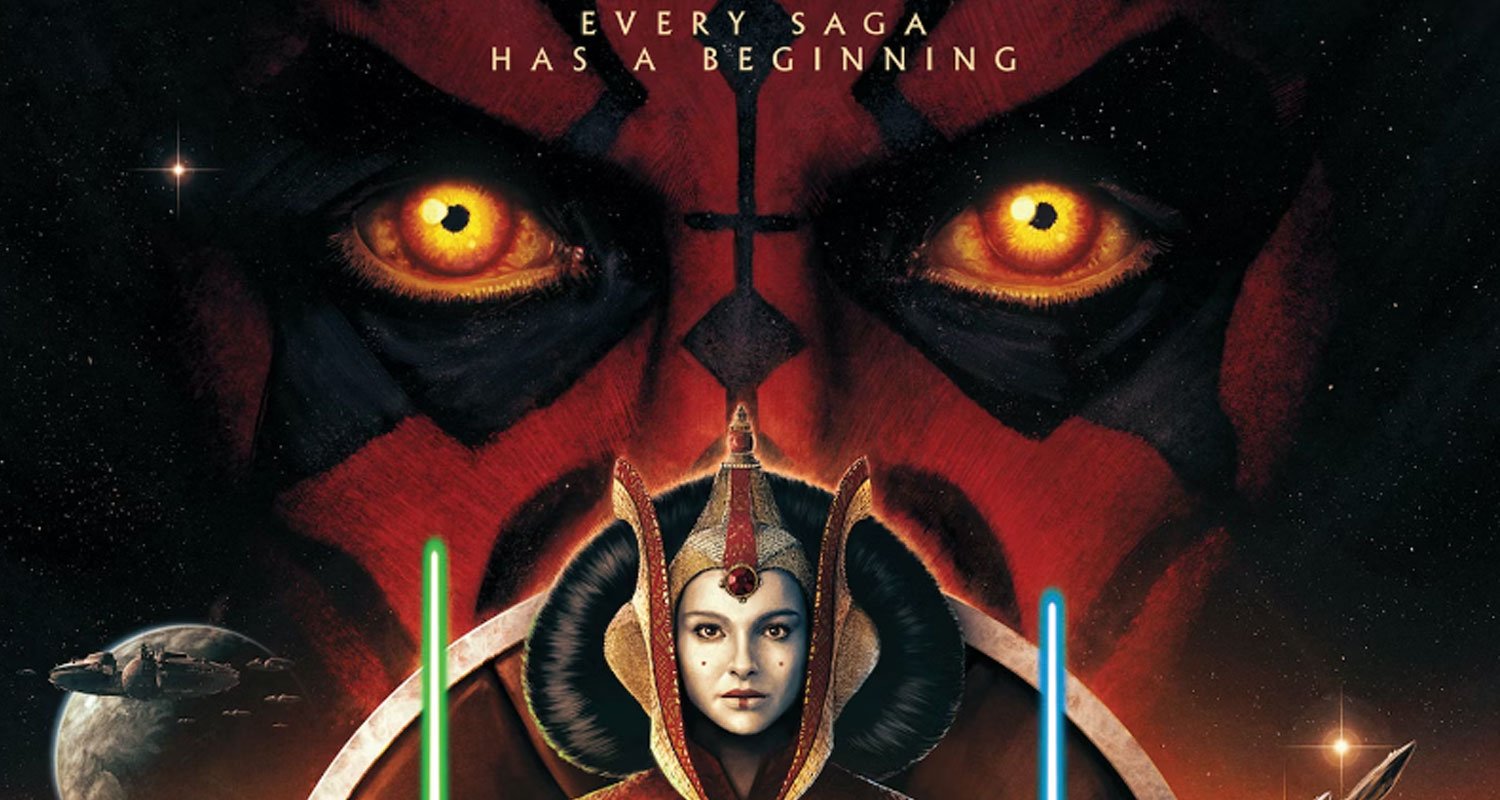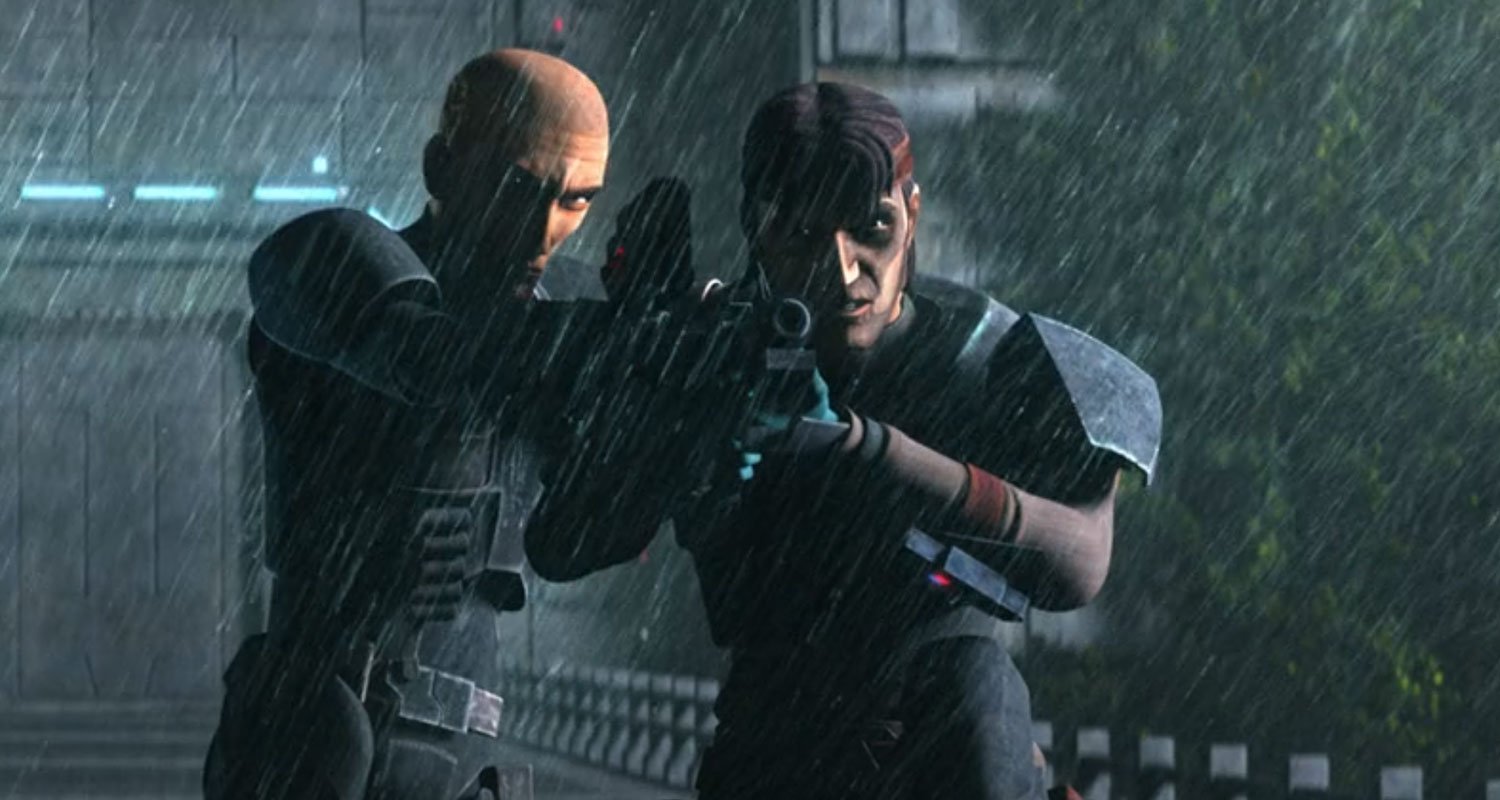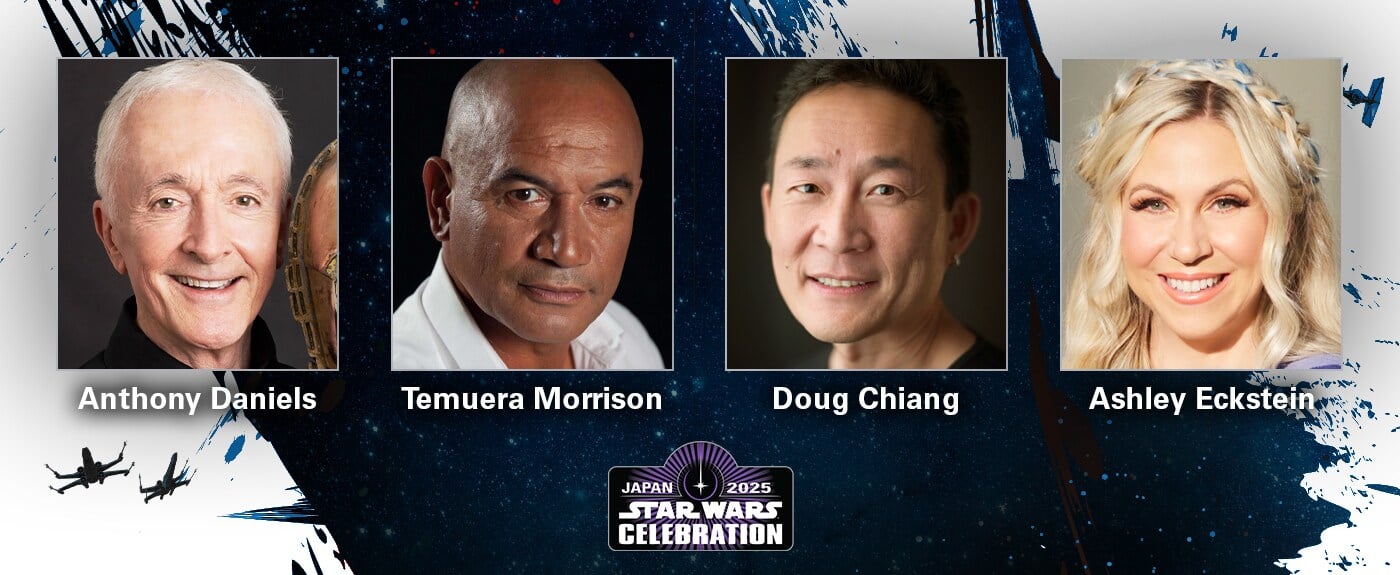Breaking Down the WGA Agreement, Hollywood Writers Now Back to Work; Actors Up Next
On Sunday night, the WGA and the AMPTP announced a tentative deal after five straight days of negotiations that would put an end to the 2023 writers’ strike. However, the deal still needed to be approved by the WGA West Board and the WGA East Council, which they unanimously did, and by the guild’s membership. That vote will happen next week, from October 2 to October 9, but for now, both the WGAW Board and the WGAE Council have lifted the restraining order and ended the strike.
With that announcement, the Writers Guild also revealed the full new contract, which you can read here. But for those who don’t really want to scroll down through 94 pages of legal language, they also revealed a version for dummies like myself, a “tl;dr” type of document. Here is the breakdown of the main points.
Artificial Intelligence
This was one of the three main issues of the strike, Hollywood workers’ attempt to not be replaced by bots. While it looked like the studios weren’t really looking to engage here and wanted to keep their options open, they have compromised on a series of points that will guarantee writers keep their jobs.
The WGA wanted guarantees that no writer’s salary would be affected by the use of artificial intelligence in the creation of scripts. The studios guarantee this, by saying that “AI-generated material can’t be used to undermine a writer’s credit or separated rights”; they also agree to inform the writer if they are given a script to rewrite that has been previously touched by artificial intelligence, and that will not result in any detriment to the writers’ compensation nor will it be used as a previous literary work, turning what would otherwise be an original script into an adapted one.
Another hot issue was that of training large-language models with scripts the companies own. This is not brought up in the agreement, though the companies do reserve the right to “pursue litigation over the unauthorized exploitation of material to train AI systems”, as The Hollywood Reporter elegantly put it. Finally, writers are able to use artificial intelligence to enhance their work, but the studios cannot force them to.
What’s interesting about this topic is that the final settlement is not very different from what the studios had offered in August, despite the fact that reports seemed to suggest that it had been a big point of contention over the last couple of days of the negotiations.
Streaming residuals
This was another hot and era-defining topic. With the rise of streaming, information on who’s watching what on which platform became increasingly blurred. Closely tied together with that are the streaming residuals, a concept that is inherited from the linear TV era in which above-the-line talent participates in the profits of a show. As everyone moved to streaming, companies started to buy some of the actors’ backends, meaning that they were paying them upfront for the residuals and asking them not to look again.
That’s changed now. The studios have agreed to share with the WGA viewership data under strict non-disclosure agreements, where they will tell them the total hours streamed of high-budget programming. For those high-budget projects that are viewed by 20% of the streamer’s domestic subscribers or more in the first 90 days of release, or in the first 90 days in any subsequent exhibition year, the writers will get a bonus equal to 50% of the fixed domestic and foreign residual ($9,031 for a half-hour episode, $16,415 for a one-hour episode, or $40,500 for a streaming feature). Notice that this is only for original content; shows like Suits, which presides over this article, would not be eligible.
Minimum staffing in writers’ rooms
This topic was one that many thought would never fly with the studios, but full credit to them (and especially lead negotiator Ellen Stutzman), they managed to pull it off. Under the new agreement, series with up to six episodes will have to hire a minimum of three writers for the writers’ room; shows with seven to twelve episodes will have to hire five writers, and shows with 13+ episodes will have to hire at least six writers. In all three cases, the studios will have to give at least three of those writers the writer-producer role, which will ensure they are coached more than just writing scripts and thus make sure they are able to make the jump to the role of showrunner in the future.
There’s more fine detail, like the minimum number of weeks of employment writers get before and after the greenlight, but you can check those out in detail here. However, there is an additional, important note: writers who want to write a season of TV themselves will be allowed to. However, the moment they want to bring in another pair of hands to help them, they will immediately have to hire at least two writers, if not more, depending on however many episodes the show will be.
Additional overall gains
Besides the three bullet points above, there are a lot of additional gains that the writers pulled off. The total cost of the new deal is estimated to be three times as much as what the studios were initially offering, though half as much as what the writers wanted. There are big asterisks here, of course, because the calculation of how much the AI protections will cost is not exactly easy to do. The vast majority of the cost of the new deal is dedicated towards wage increases (we’re talking in the 90% ballpark here): these will be of 5% on the ratification of the contract, 4% starting 5/2/24, and 3.5% on 5/2/25. This is actually important for two reasons: the WGA initially wanted 6% while the studios were offering 5%, which was a big area where the guild had to concede on. But most importantly, this doesn’t even remotely keep up with inflation. It will be relevant again when negotiations start with the actors, who are asking for 11%.
Another key detail of the new contract is that each writer on a team will be offered health insurance and a pension contribution rate over their weeks of employment. Writers who are able to sell a script are guaranteed a second step, meaning that if a studio buys a script for a given writer, if they want a rewrite or a revision, they will have to hire that specific writer to do it, and for a 200% of the minimum. (The guild was initially asking for 250% while the studios were offering 200%, but it’s nonetheless a big win for the WGA.)
In terms of pay, to avoid a case where a writer is working on a script for months or even years without seeing any compensation until the studio is satisfied with the product, the guild managed to negotiate that writers hired on a 200% of the minimum must be paid upfront 50% of the money, with the other half to be spread out — if after 9 weeks they haven’t turned in the script, they will be paid 25%, with the remaining 25% due upon delivery.
Now it’s turn for the actors to take the spotlight
Writers are now back to work, and studios are already prioritizing certain shows they want back as soon as possible. HBO reportedly wants new seasons of The Last of Us, Euphoria, and The White Lotus as fast as writers are able to produce them, and we can imagine that the creators behind them are also eager to go back to work. Going no further, Craig Mazin, showrunner of The Las of Us, has been a big champion of the strike since the beginning, while also teasing that he has a lot in mind for the new season of his show, saying it in a way that would urge the studios to settle with the writers. They did, and Mazin guaranteed earlier this week that scripting would resume immediately after the strike was called off. (The new season is not under the new MBA agreement because Mazin was able to submit the script for the first episode before the WGA strike.)
The writers of Stranger Things also teased they are now back online. But that has restarted the pipeline from the top, though production is still not in progress, because the actors are still on strike. SAG-AFTRA announced earlier this week that they will be meeting with the studios for the first time since early July on Monday, October 2, and hopes are up that a deal will be fast-tracked for a couple of reasons. One, both parties are looking to ride the momentum that the WGA deal gave them, as everyone is pretty much striked-out at this point. Everyone wants to go back to work because everyone needs a new paycheck; the studios also need the actors to promote some of their fall movies, from doing FYC campaigns for their Oscar hopefuls to promoting movies like Aquaman and the Lost Kingdom or The Marvels. Moreover, there is a lot of crossover between what the Writers Guild was asking for, and eventually was given, and what the actors are looking for. Topics like AI or streaming transparency should be easy enough to solve now that there’s a blueprint in place.
Let’s just not do this again
The new deal will have a 2.5-year length, ending on May 1, 2026. At that point, both parties will sit back on the negotiating table and reevaluate the results of the latest agreement. The guild will likely try to push the studios further on a number of issues like data transparency or streaming residuals if they think the AMPTP was able to screw them over after all, and the studios will also try to squeeze the writers wherever they can. That’s how a negotiation works after all.
But this summer will have long-lasting effects. The strike is estimated to have cost the LA economy up to $5 billion and has affected the entire industry, not just those on strike. From truck drivers makeup artists, to the owners of the restaurants that writers frequently visit, have taken a hit. It is for that reason that many were scratching their heads about neither side showing signs of going back to the table.
Furthermore, the guild seemed to have a great deal in place on Thursday afternoon, but then came back asking for more — they wanted writers not to be sanctioned if they decided not to cross the actors’ picket lines, something the committee argues was on the table since the beginning but hadn’t been addressed. Studio executives, however, had had enough. Several of them walked out of the room, quite literally, asking the writers why push their luck. And in a way, they were right — the WGA got pretty much everything they wanted, with few compromises made along the way, so why risk it all for a final bullet point that was going to be obsolete within two weeks?
The point is, let’s all celebrate the victory that is the strike being over. The WGA membership is expected to approve the deal near-unanimously, and reports say that they are over the moon about what Chris Keyser, Ellen Stutzman, and David Goodman were able to negotiate. So let’s not do this again, shall we?
Miguel Fernández is a Spanish student that has movies as his second passion in life. His favorite movie of all time is The Lord of the Rings, but he is also a huge Star Wars fan. However, fantasy movies are not his only cup of tea, as authors like Scorsese, Fincher, Kubrick or Hitchcock have been an obsession for him since he started to understand the language of filmmaking. He is that guy who will watch a black and white movie, just because it is in black and white.







